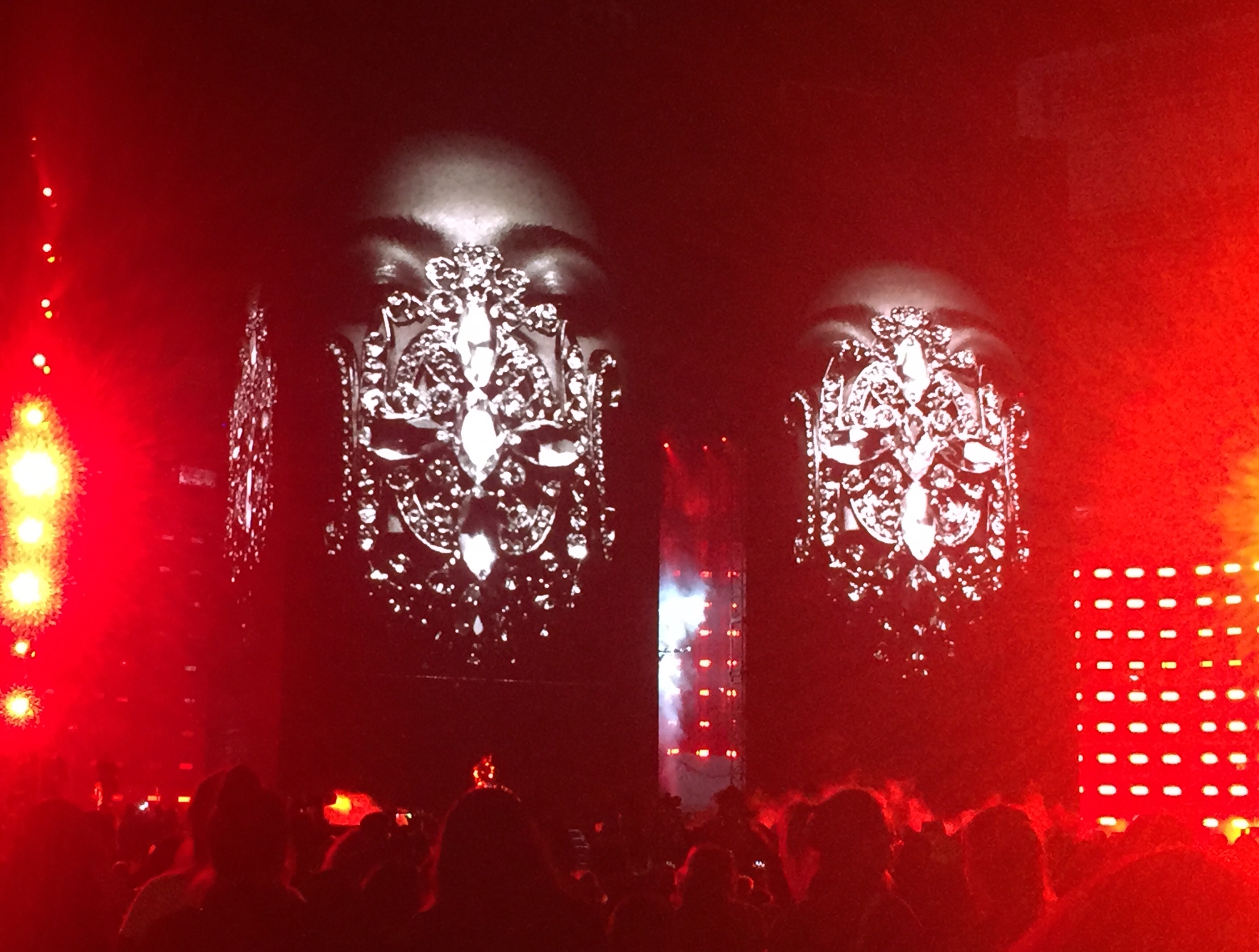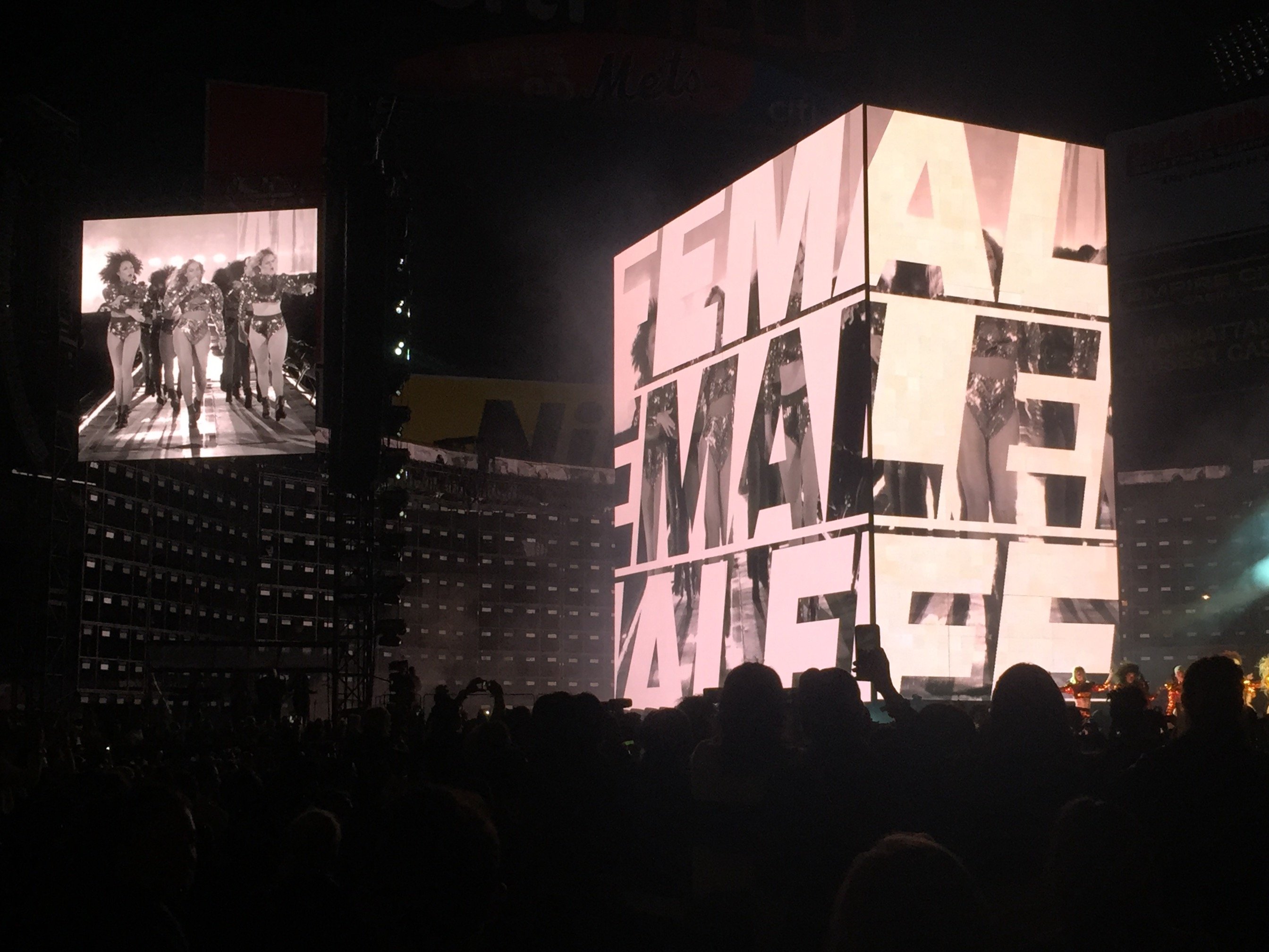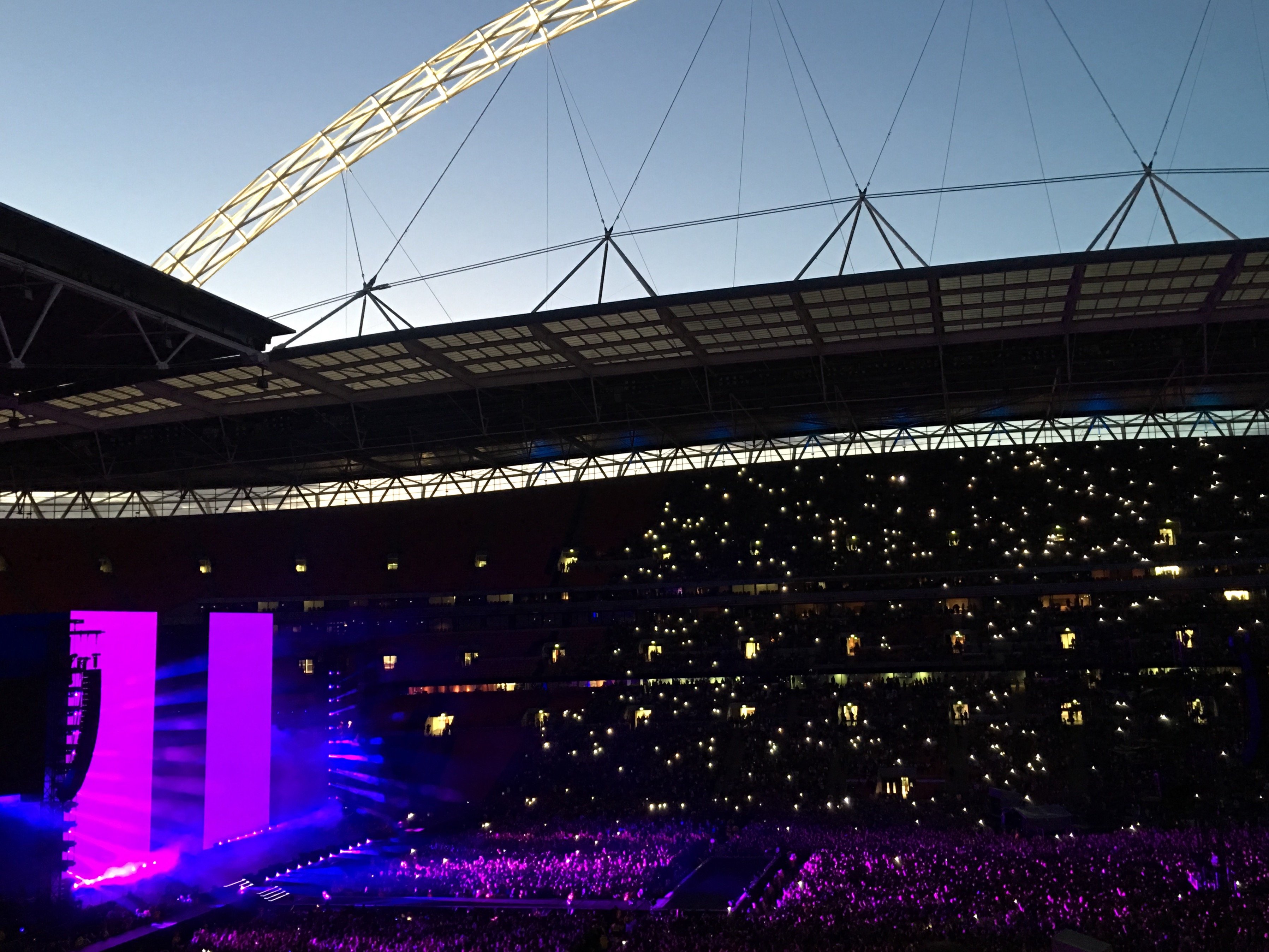Events and Parties
How Beyoncé’s Seven-Story Monolith Sets New Bar of Design Extravagance
Stage design is finally elevated to a moment of art.

Stage design is finally elevated to a moment of art.

Karen Wong

In his 2012 compendium How Music Works, David Byrne postulates, “The gathered masses in sports arenas and stadiums demanded that the music perform a different function—not only sonically but socially—from what it had been asked to do on a record or in a club. The music those bands ended up writing in response—arena rock—is written with that in mind: rousing, stately anthems.”
So one surmises that when Beyoncé announced her all-stadium tour just days after her audacious and thrilling Super Bowl half-time performance, her accompanying album Lemonade would contain songs like “Formation” and “Freedom,” both thoroughly “rousing, stately anthems.”
As performers jostle to out-innovate one another—Pharrell’s interactive website or Kanye’s latest video, as two recent examples—Queen Bey’s tour trumps with a royal flush. I witnessed this sold out spectacle twice: first at Citi Field in Queens, New York, and then at Wembley Stadium in London. Two questions quickly surfaced: How many people are here singing in unison? 45,000 and 90,000, respectively. How many trucks does it take to haul this highly engineered production? Almost 100.

Courtesy of Karen Wong.
Renowned for her operatic set designs and concert stages for Adele, Bono and Kanye, legendary set designer Es Devlin was part of a multi-pronged team of premier consultants who produced a 360-degree, seven-story-high revolving LED building that serves as a screen for live footage, video, and on occasion splits open to reveal acrobats dancing in mid-air.
Partnering with audio gurus THX, the engineers have optimized the sound system for large venues and Beyoncé’s voice rings clear during her 30+ set list. But it’s the monolith (dubbed as such by its London-based designer) that is the focal point. It’s purpose is to create a sense of unprecedented grandeur and on a more practical level, provides thousands of people a magnified view of Beyoncé, her bespoke jeweled costumes and her electrifying dance moves.
During her two-hour concert, Beyoncé paused in a rare intimate moment to say, “The most important relationship is the one you have with yourself.” Here, her video content team took her observation literally and figuratively. There is little relief from the sumptuous, gluttonous imagery of Beyoncé—her hair, her face, her smile, her cleavage, her body, and her booty, as she races through her repertoire.
Most disconcerting is the distortion during the live feed on the 60-foot video skin that elongates her body and those of her dancers. Her touted themes of girl power and new feminism fall apart when she capitulates to the idea, as theorist bell hooks states, of “fashion-plate fantasies” of women.

Courtesy of Karen Wong.
The best visual moments are the nods to contemporary artists. When the word ‘female’ is wrapped around the building, Jenny Holzer comes to mind, while short jumpy clips of pontificating fans, superimposed with text on their faces allude to Ryan Trecartin’s YouTube videos.
Inspiration from James Turrell and Doug Wheeler provides the most poignant and transcendent moment of the concert, however. In a devoted gesture to the memory of Prince, a recording of “Purple Rain” is played as the sculpture glows lilac, slowly opens down the center, and rays of light stream through the audience. Eerily beautiful and otherworldly, at this moment, stage craft becomes art.
As a number of pop stars borrow concepts from their contemporary art world peers — why not collaborate with them instead of co-opting their work? How ingenious and acknowledging would it have been for Beyoncé to commission Pipilotti Rist (an artist whom she quoted in her feature film Lemonade) whose vibrant and kaleidoscopic videos are perfect-made for the monolith?

Wembley Stadium. Courtesy of Karen Wong.
Reviews have suggested that this giant 3D billboard is a game changer — a kinetic piece of architecture that reimagines the arena experience. Sonically, socially, and now architecturally, Beyoncé has set a new bar of extravagance and technical achievement.
But visual storytelling has to be more than a really dope projection box. If Beyoncé wants to change the game, she has to move beyond marketing her brand. The most important relationship you have when you are performing is the one with your audience. Never underestimate your fans.